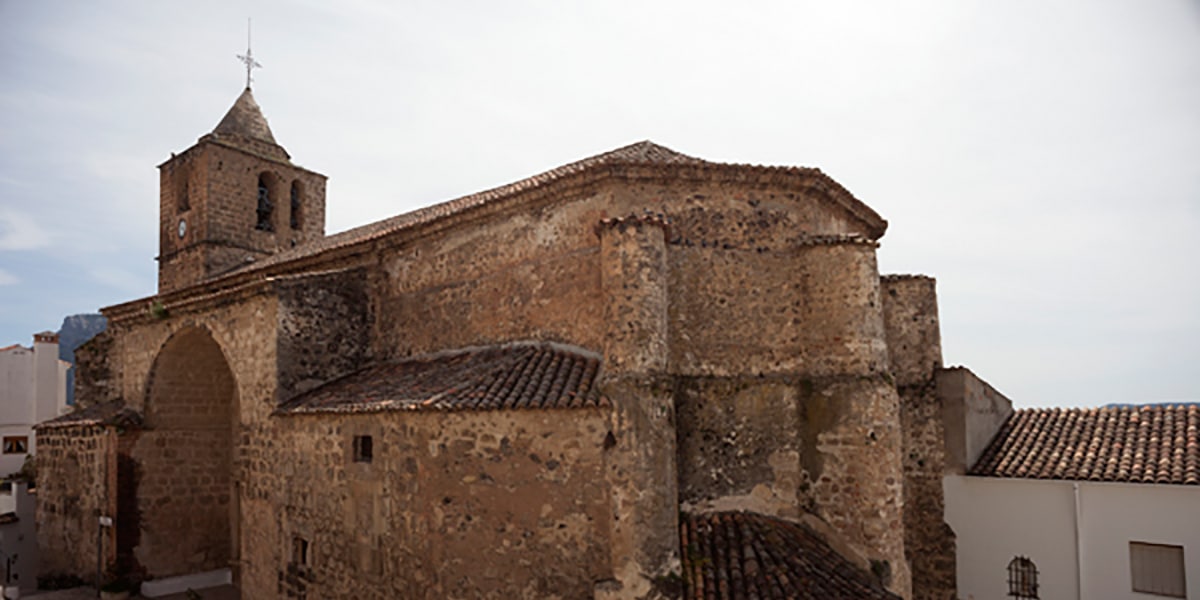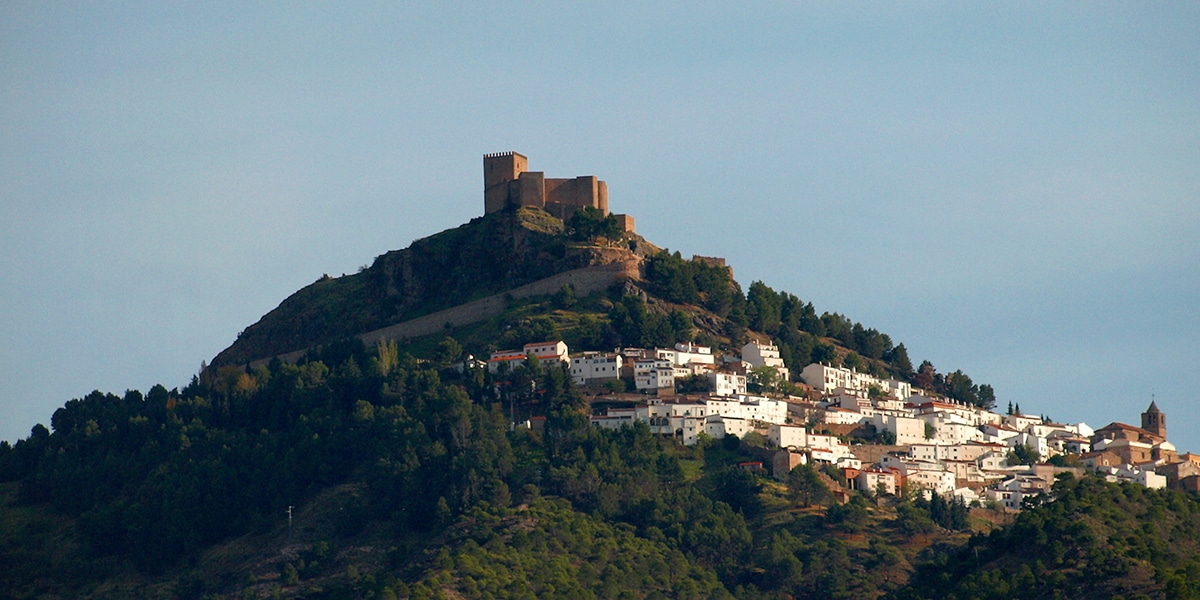
Located in the province of Jaén, Segura de la Sierra It is part of the Sierra de Segura region, within the Sierras de Cazorla, Segura and Las Villas Natural Park. This already gives us a slight idea of everything that we can find in this place, from incredible natural landscapes to many hiking trails and charming Andalusian towns.
This population is in the heart of the mountains, 174 kilometers from the city of Jaén, so you can enjoy the great rural tourism. The tranquility and the natural spaces are what attract people the most, but in Segura de la Sierra they also have a lot of heritage to show.
A historical place
Segura de la Sierra may seem like a place quite distant from large cities, so we can come to think that there was no population until recently. But the truth is that this place has a lot of history. These mountains were already known to the Greeks, who called them Orospeda. This place also witnessed fights between the Romans and the Carthaginians and later the place came to be dominated by the Arabs, when it reached its greatest period of splendor. We know that it was later occupied by the Christians, being ceded by Alfonso VII to the Order of Santiago. In the XNUMXth century this town was even visited by King Carlos I. Already in the XNUMXth century with the Napoleonic invasion, a large part of the population, its archives and its history burned down, hence much of it is unknown. Although, as we have been able to verify, it has always been a strategic place.
Castle of Segura de la Sierra
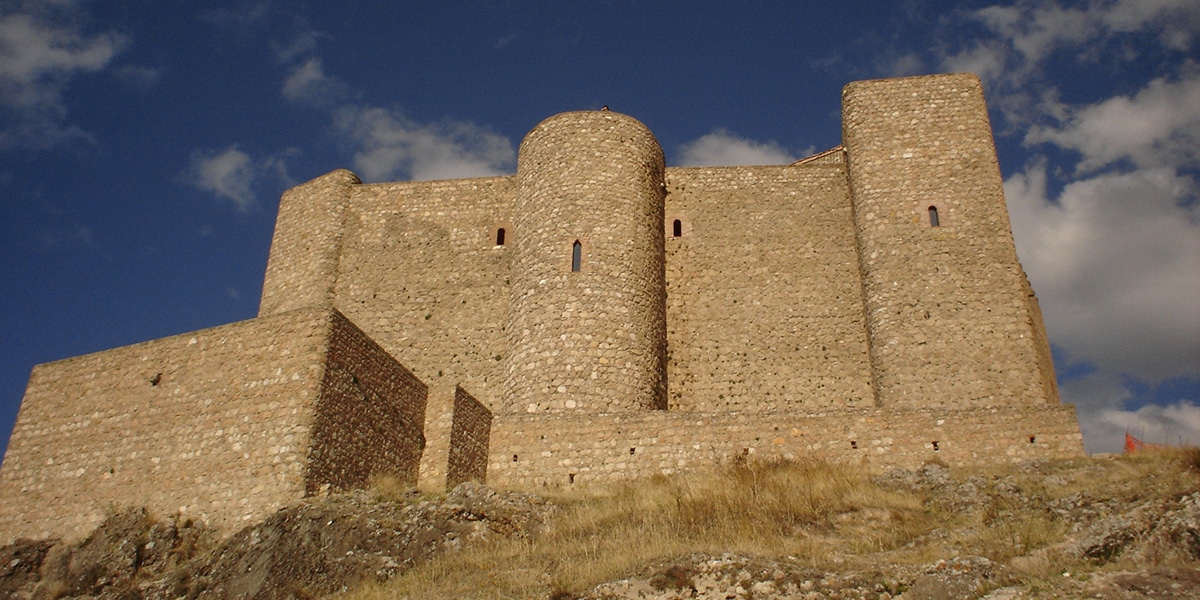
This castle, which is one of the things that we can most easily see in Segura de la Sierra from a distance, was built by the Muslims, although it is thought that later it was renovated by the Order of Santiago. Through the centuries this imposing castle was abandoned, although in the sixties a period of reconstruction began to see it as it is today. The entrance to the castle is an 18th century tower. The parade ground was a very active place and had other buildings, as well as a bakery and a cistern to collect rainwater. This is known from the annotations in the books of the Order of Santiago. The Torre del Homenaje is another of the most outstanding points of the castle, with more than XNUMX meters high made of masonry and brick. It has three floors and the terrace, from which you get great views of the mountains. In the castle you can also see the refectory, a place that is thought to have also been a dining room, the walkway which is the coastal path for defensive purposes and the chapel created by the Order of Santiago.
Church of Our Lady of the Collado
It is believed that this church already has a Romanesque origin, but it is not known for sure since in the XNUMXth century it was completely burned by Napoleonic troops and had to be rebuilt. So the building that can be seen today dates from this century. Inside the church there are three chapels with iconography and there is also a carving of the Virgen de la Peña, which has great value, since it is thought to be from the XNUMXth century, being one of the oldest in the province. From the outside, its tower made of masonry can attract our attention.
Jorge Manrique's house
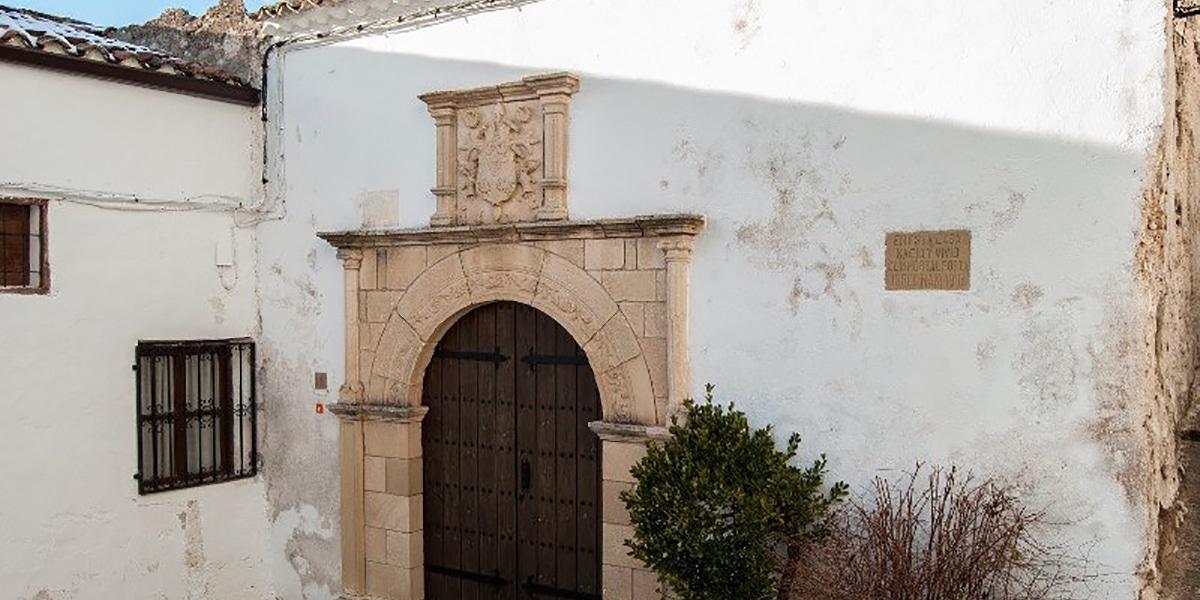
Jorge Manrique, a Castilian nobleman and poet from the pre-Renaissance is one of the most important characters in this town. Although it is not known if he was really born here, the truth is that the The family's main house was in Segura de la Sierra. Today his house continues to be an example of XNUMXth century civil architecture. The semicircular arch decorated with plant motifs stands out on its façade. At the top you can see a coat of arms of the Figueroa, Jorge's maternal family, along with the cross of Santiago, since his father belonged to the Order of Santiago.
Arab baths
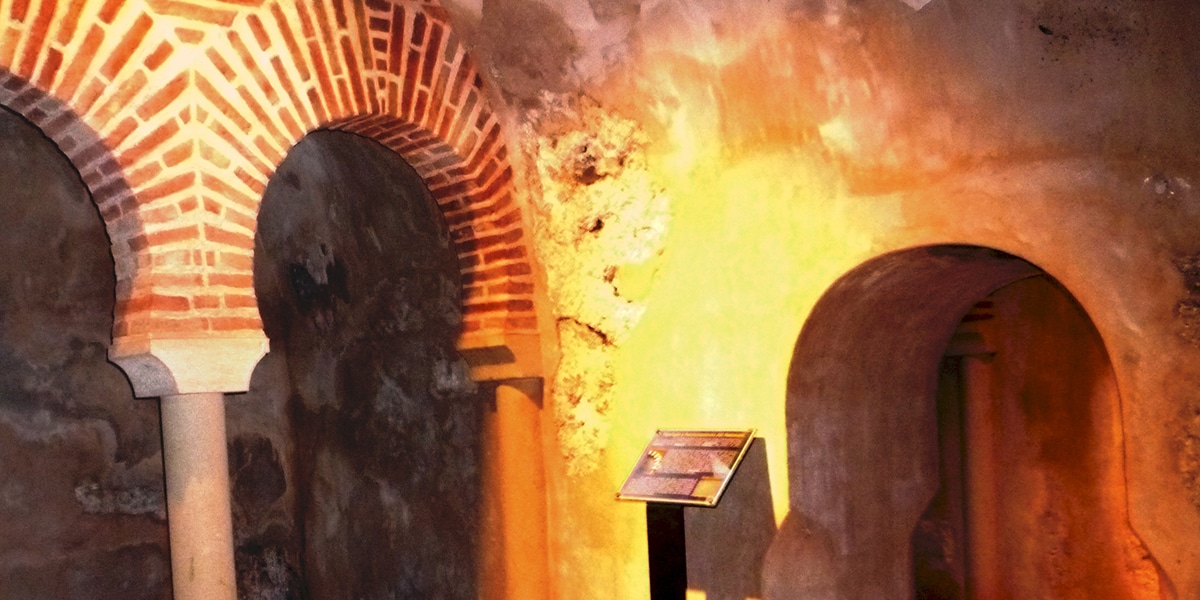
This is another mandatory visit in Segura de la Sierra. The Arabs had some hygiene customs that they brought to the Peninsula, so today they still we can find the famous Arab baths. These baths are inspired by the Romans but use more steam, with a cold room and a hot room. Going down the street of the church we can find these old baths with the double horseshoe arches and the characteristic barrel vault.
Imperial Fountain
In front of the church is the famous Imperial Fountain. A XNUMXth century fountain that tells us about the transition from the Renaissance to the Gothic. In it you can see a large shield carved with the arms of Carlos V.
